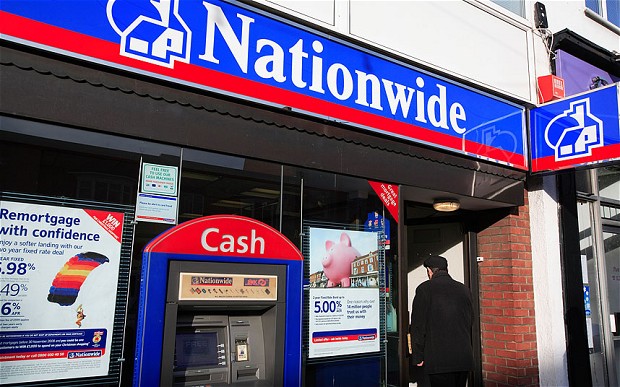
Nationwide is using CA Technologies payment security suite in order to safeguard its eCommerce solutions.
The payment security suite is being used in order to find the right balance between security and convenience for cardholders and will help the building society to implement a new multi-layered security approach to identify customers.
The solution will work in real-time, as is necessary, but the building society hopes that it will help to build both trust and extend brand loyalty.
Nationwide will be using CA Transaction Manager to offer a 3-D Secure protocol with the Verified by Visa program.
CA Risk Analytics is also being used and it will help to increase insight and help Nationwide to assess the fraud risk of an online transaction in real-time during authentication. This works by examining current and past transactions, device characteristics, location, user behaviour and historical fraud data to evaluate risk.
These processes lead to a risk score, which is then used to decide whether or not to allow the purchase, request strong authentication or send an alert. It is expected that this will also help to reduce operational costs as it will result in fewer enquiries coming into Nationwide’s call centres.
Matthew Sparkes, Commercial Manager, Nationwide said: "By adding advanced analytics to the next generation of our digital verification process, 3-D Secure, Nationwide has the flexibility and control to make even the most complex transactions seamless and secure.
"CA’s payment security solutions help us identify fraud more effectively while improving the customer experience and delivering the insight we need to understand customers better and to drive business growth."
The technologies being deployed come after planning and collaboration between CA Technologies and Nationwide. One of the benefits of the deal is the use of CA’s cloud based integration software which resulted in a two-week rollout after the contract was signed.
Banks have increasingly been looking at different payment security options as they look to decrease the chances of fraud and give customers access in a more secure way.
HSBC for example is introducing biometric tools in the form of fingerprint and voice recognition. Banks have slowly been tapping into the capabilities which the latest smartphone makers such as Apple and Samsung are offering.
Stronger authentication combined with ease of use is likely to be good for all parties involved but it remains in its infancy in the banking sector.






